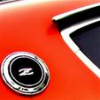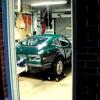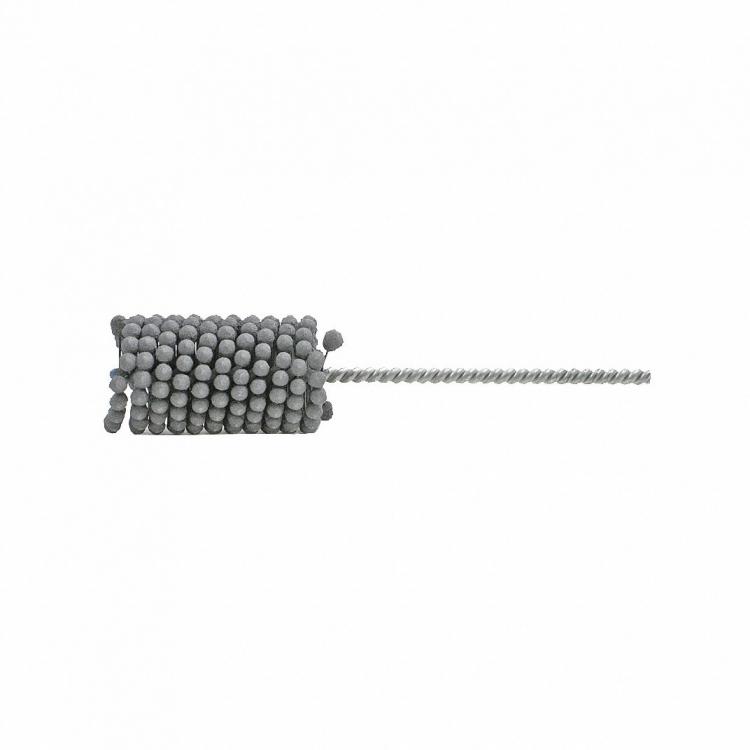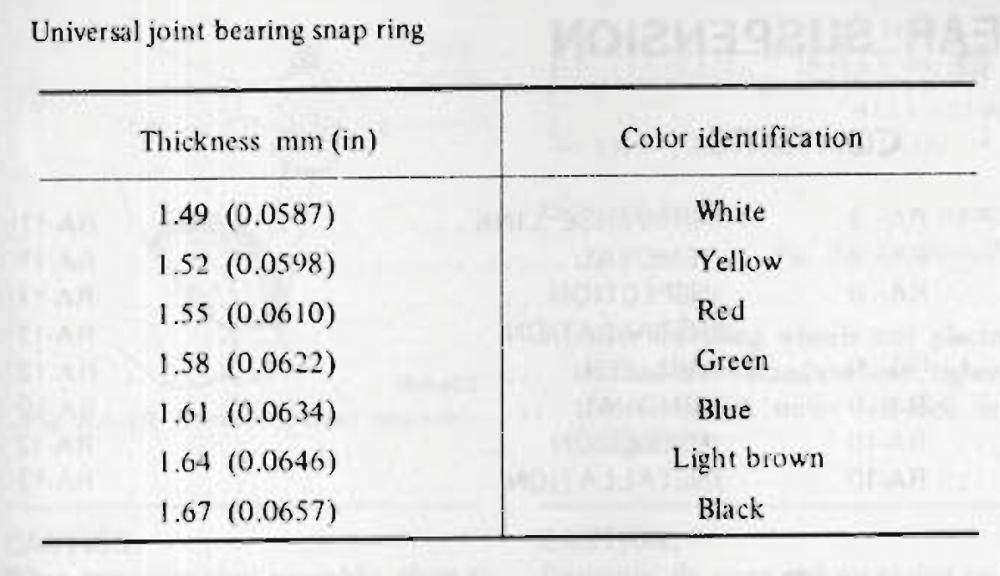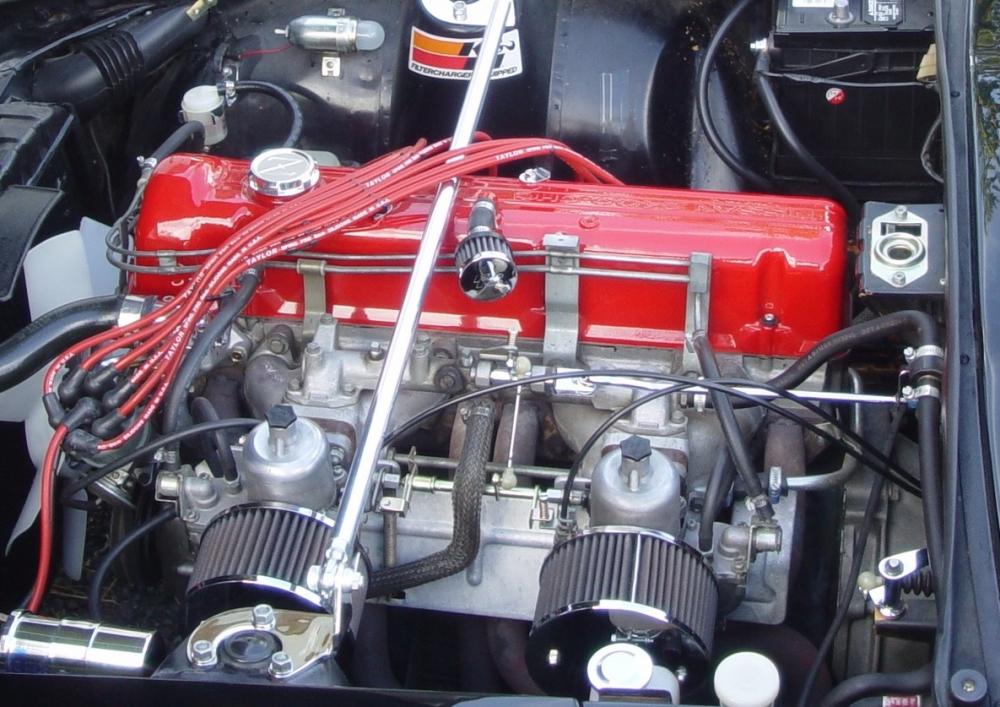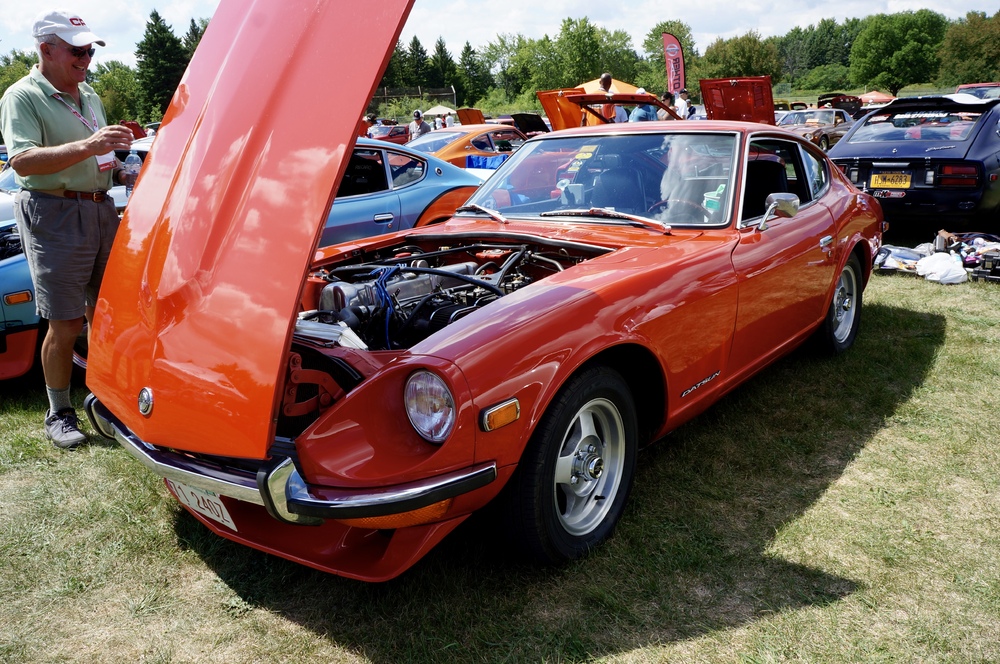How about some of these to keep the “look” clean!? https://www.ebay.co.uk/itm/90-Degree-1-8-NPT-To-1-4-Barb-Adapter-Adaptor-Fitting-Aluminum-Alloy-Silver-/332753399792 I vexed over this one for many years as I too like the look and sound. However I discounted it on the basis of heat and performance loss due to sucking in hot air. Do yourself a favour and improve the heat shielding while you are at it. If your state allows it, pipe the crank case vent to a catch tank! That way you aren’t contaminating your intake charge or carbs with the crud / sulphurous juices that collect in mine! Also, not putting you off, this is a great read for info. You may wish to duct some cool air to them - I’m going to do the same experiment on mine once I get my arm out of the sling (quite a dramatic fall off the bicycle on the way to my Covid jab! Oh the irony ). “Recently I have been measuring under bonnet temperatures. My car is a 1985 V12 coupe with the cruise bellows removed, good aircon which is on all the time, and with the cooling system in top condition. Additionally it has a slot in the front bumper to admit air straight into the radiator stack, with the horns also moved out of the way. I have NO foam round the radiator and a separate transmission cooler. Therefore the airflow into my engine bay is far better than standard. I have recently purchased a digital measuring device that runs two channels to a unit in the car. One sensor is strapped to the rear of the engine just aft of the capstan, one to the front, just behind the aircon compressor, both are suspended in the air about 2 inches below the bonnet. These are the results so far at ambient 27 degrees C, aircon on, 12 inch aftermarket electric auxiliary fan on (replacing OEM auxiliary fan). Water temps remained stable and well below 90 C at all times in these tests: On the move above 40 MPH the front temp is about 56 C; the rear is about 52 C On the move below 40 MPH front temp rises to about 60 C and rear to about 56 C Once stopped, engine off, bonnet closed, both temps rise to 80 to 82 C immediately. These temperatures do NOT fall significantly after ONE HOUR if the bonnet stays closed. An open bonnet immediately reduces air temps to about 50 C. Even with the bonnet left open for an hour, air temps at the sensor are still 46 C On the move again temperatures drop to under 60 within a mile or two. If the main electric fan is manually switched on (it does not trigger on my car until a 90 C water pump inlet temp), temperatures drop slightly faster. At rest, aircon on, engine on, auxiliary and main electric fan on: At rest after a run, simulating a traffic hold up, front air temp climbs very fast to 70 - 72 C. Rear 4 C lower. Water temps remain stable, possibly dropping a touch. The extra air temp I attribute to the main fan pulling large volumes of air through the rad to keep the water temps stable, and thus extracting substantially more heat from the coolant, while air is not being extracted from the engine bay as well as it is when on the move. In fact, at rest air temps climb when the main fan is activated, though water temps fall. Conclusions: The front of the engine bay is normally hotter than the rear. The air temperatures under the bonnet on the move are, at about 60 C, not excessive. Therefore louvres are not necessary to preserve reasonable on the move under bonnet temperatures Cold air intakes are definitely worth it as they reduce intake temps to ambient (ie 33 C lower than under bonnet air temps). At rest, engine off, under bonnet temps rise very fast to a high, loom-cooking and rubber component-cooking level (80 to 83 C). Opening the bonnet after you stop WILL definitely substantially help preserve the wiring loom and all rubber components from heat damage. Louvres would greatly reduce under bonnet temps once the vehicle is stopped. I will repeat these tests when (if) we get a day with ambient temps over 30 C. I attached temperature strips to the oil sump, oil filter, oil cooler in, oil cooler out pipes and A bank cam cover at the front top. Oil temps showed a maximum of 85 C throughout the oil system, including the oil cooler inlet, except for the oil cooler outlet which was 77 C. My car has the bypass oil cooler system. From these temps I conclude that the bypass system does indeed cool the oil efficiently and that there is plenty of flow though it - if not the oil temps would not be the same as the sump and oil filter. The can cover temperature maximum showed 95C. All these temperatures are well within the oil's correct working temperature range (Shell Helix 100% synthetic 5W 40).”









